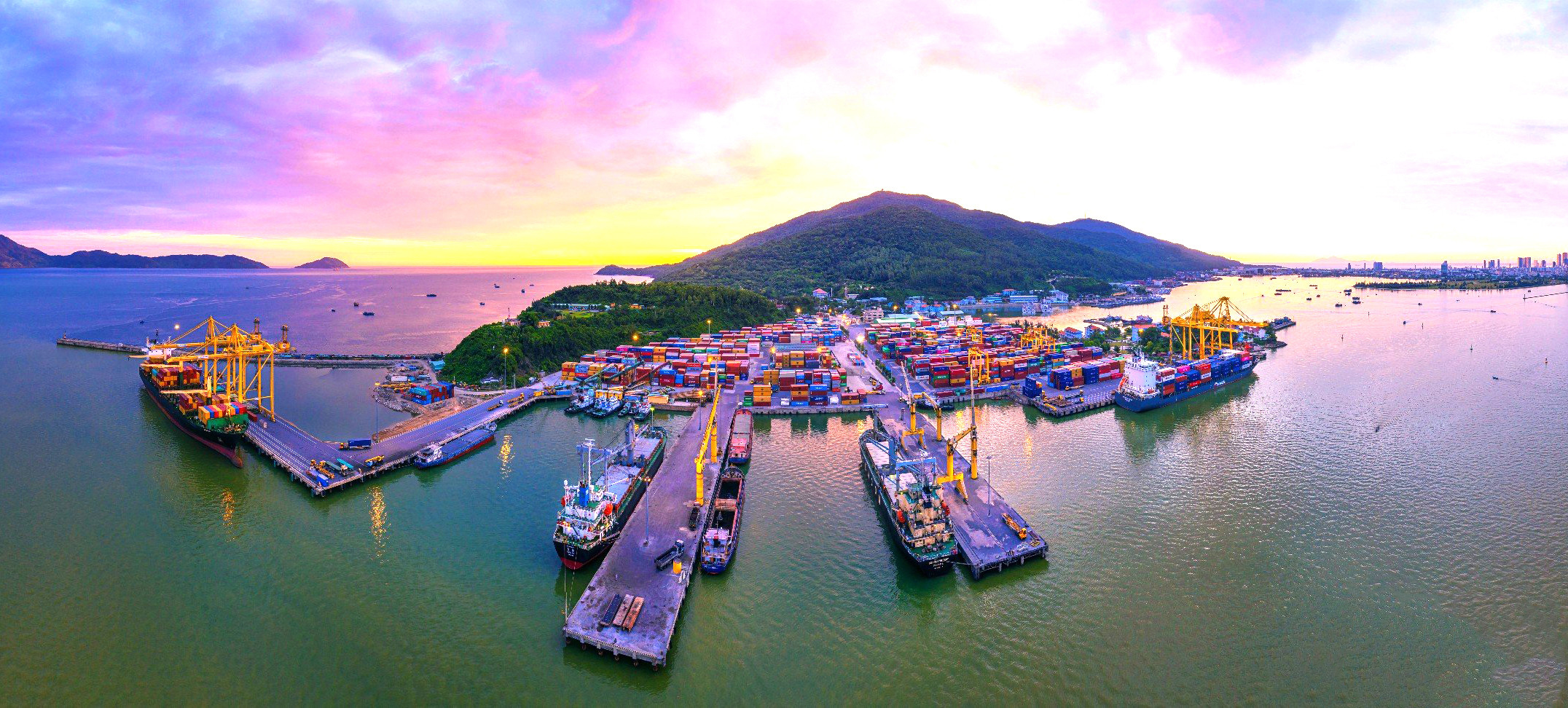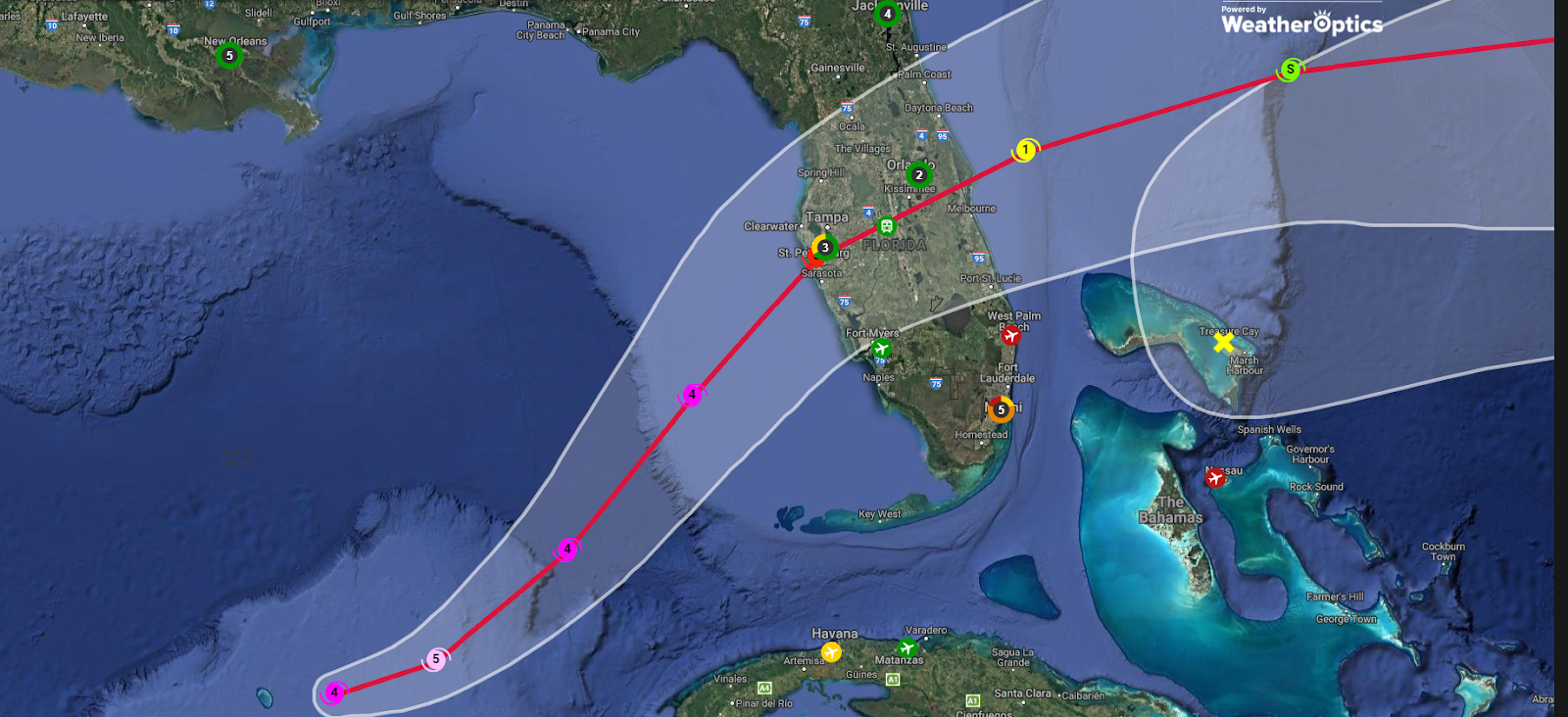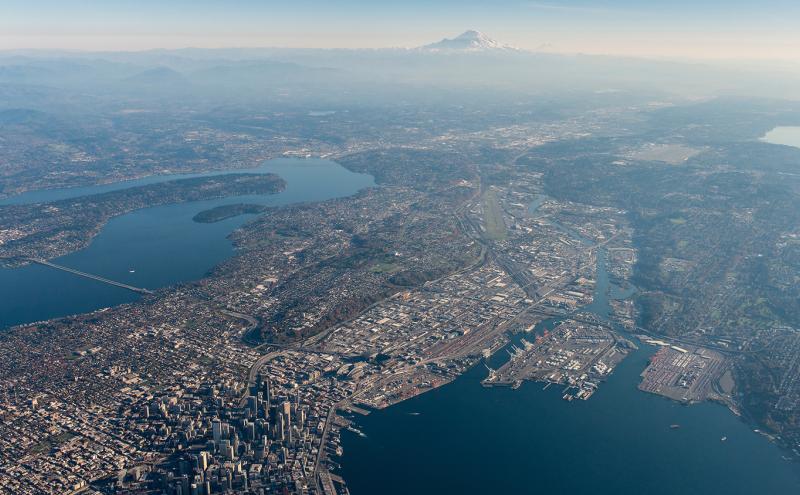The ILA port worker strike ended last Thursday after the union accepted the USMX offer of a 62% wage increase over the next six years, and agreed to extend the expired contract until a January 15th deadline to resolve the remaining sticking points, with the role of port automation chief among them.
Some speculate that the USMX will try to leverage its wage concession toward a compromise on automation. But even after the wage agreement last week the union remained vocally opposed to any automation or semi-automation that would eliminate ILA jobs, so the new deadline is now marked on many calendars. But with the wage issue settled and the sides heading back to face-to-face negotiations for the first time since June, there is reason for some optimism.
The end of the strike meant ports reopened on Friday, but the three-day shutdown was enough to create a significant backlog of containers at ports with estimates of between 45 and 60 vessels waiting at anchor across East Coast and Gulf ports.
Many industry experts estimate the three-day backlog could take two or three weeks or more to clear. The Port Authority of New York and New Jersey, however, didn’t think the short closure and the 19 waiting ships were much worse than backlogs typical following winter storm shutdowns and was optimistic that operations could recover by as early as the end of this week.
In the meantime, shippers with containers at the ports or on vessels at anchor or due to arrive soon will likely continue to experience delays, while the level of disruption for arrivals further out will depend on how soon ports can restore fluidity. With ports reopening carriers have resumed reefer export bookings and have restarted the clocks for detention and demurrage charges too.
Carriers introduced rate increases for transatlantic containers in anticipation of the strike and last week prices were 44% higher than in early September at $2,331/kg. In addition to the capacity being absorbed by East Coast backlogs from the strike, several European hubs, including Hamburg, are experiencing significant congestion which is also restraining supply and putting some upward pressure on rates. Carriers are also planning to reduce deployed capacity on this lane later in the month in the hope of preventing rates from falling back to the $1,600 – $1,800/FEU level they had maintained for much of the year.
Transpacific ocean rates to both coasts had been easing in the lead-up to the strike and continued to do so during the closures, with last week’s rates more than 30% below highs reached in July. Ocean carriers had announced surcharges ranging from US$1,000/FEU to US$4,500/FEU in anticipation of disruptions due to the strike. But as most of these would only have gone into effect in mid-October or later they hadn’t impacted spot rates yet, and carriers have now suspended these new charges.
With the strike over and peak season demand largely behind us from a significant pull forward of volumes in the last couple months, transpacific container rates should continue to ease on the seasonal lull in volumes between peak season and Lunar New Year. East Coast congestion caused by the strike, however, may slow the pace of the decline for these lanes if operations take several weeks to recover.
As long as Red Sea diversions continue to absorb capacity across the market though, we should not expect rates to fall much below the floor reached back in April when transpacific rates fell to US$3,000/FEU to the West Coast and US$4,000/FEU to the East Coast – about double typical levels.
The early start and now early end to peak season for Asia – Europe trade, necessary to account for the longer lead times caused by Red Sea diversions, has led to a 53% drop in rates since mid-July, though at US$4,075/FEU last week prices are still above the US$3,300/FEU floor hit in April. Prices to the Mediterranean have decreased 42% from their July peak, but at US$4,476/FEU are just about back to their April level.
The strike did lead to some ocean to air shift reflected in climbing rates on some lanes, and we may see some continued pressure on air cargo rates as long as some importers continue to expedite shipment of some essential inventories until stuck containers are received and ocean operations stabilize.
Freightos Air Index data shows Europe – N. America air cargo rates have increased 4% to US$1.79/kg since early September, possibly reflecting some shift of transatlantic ocean volumes to air.
Transpacific air cargo rates did not climb much in the lead-up to the strike, but once the strike started China – North America rates jumped to US$7.07/kg from $5.91/kg the previous week. Rates on this lane have not been at or above US$7/kg since peak season last year, and only briefly. So rates may be increasing on an increase of transpacific demand due to the strike and are climbing from an already elevated floor due to the surge of e-commerce volumes out of China that have kept rates around US$6/kg for most of the year.
Meanwhile, rates to Europe – still well above typical levels for this time of year due to e-commerce volumes – were about level last week at US$3.83/kg, which may indicate that the price increase to North America is strike driven.
Middle East – N America air cargo rates were up to US$3.06/kg last week, which is 30% higher than in mid-September and may reflect some ocean to sea-air shift due to the East Coast strike as well.
This analysis was written by Judah Levine, Head of Research at Freightos






